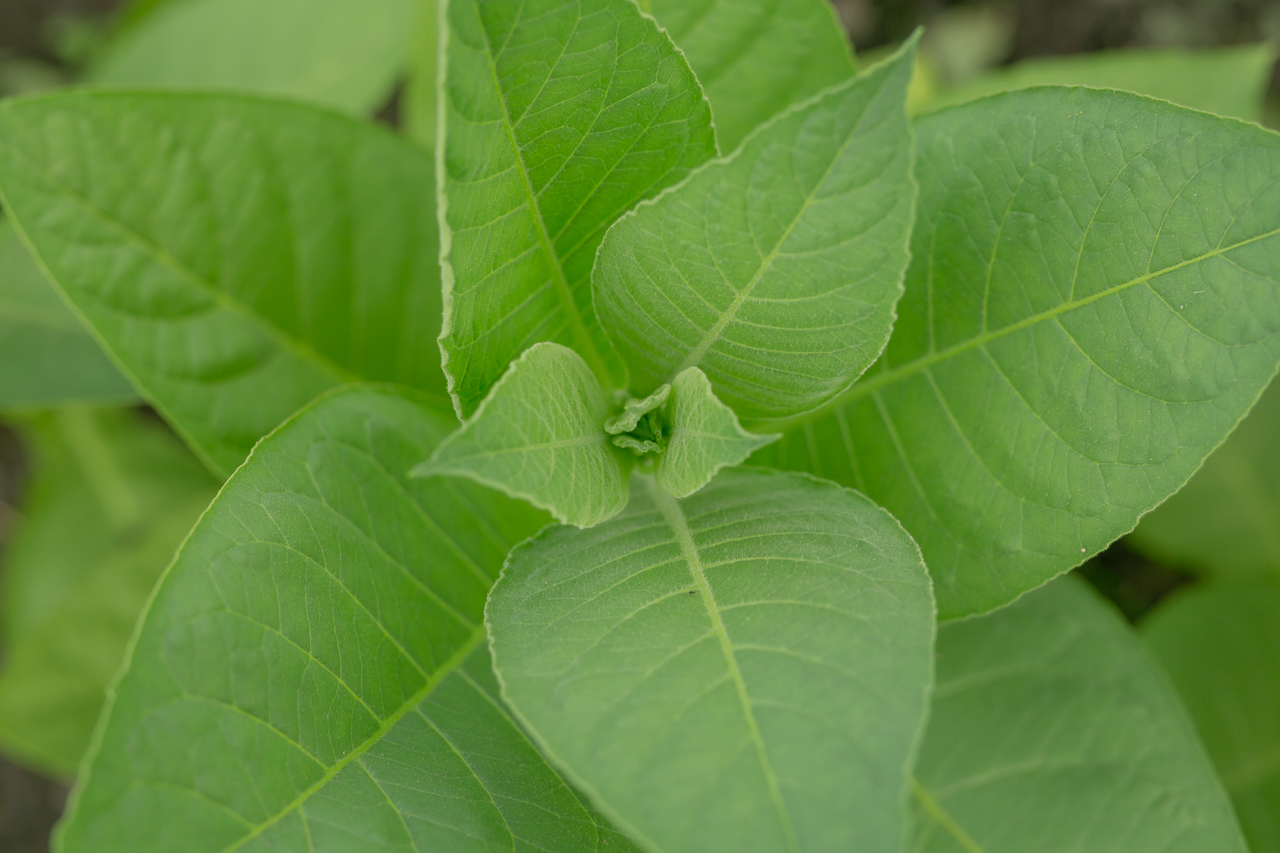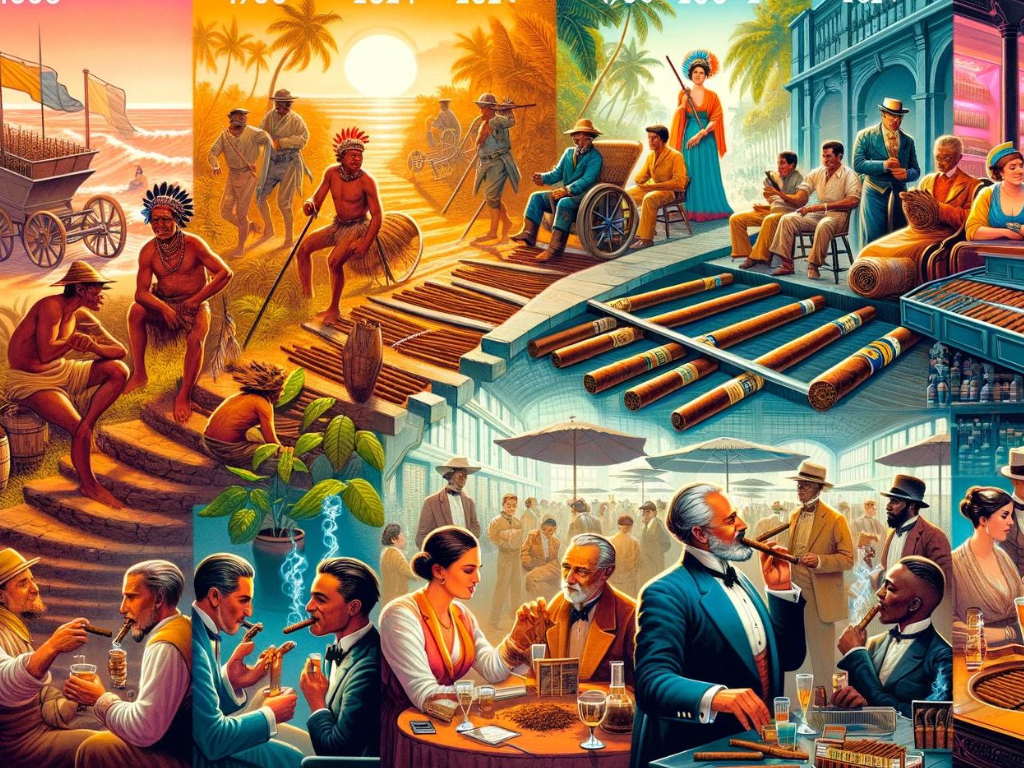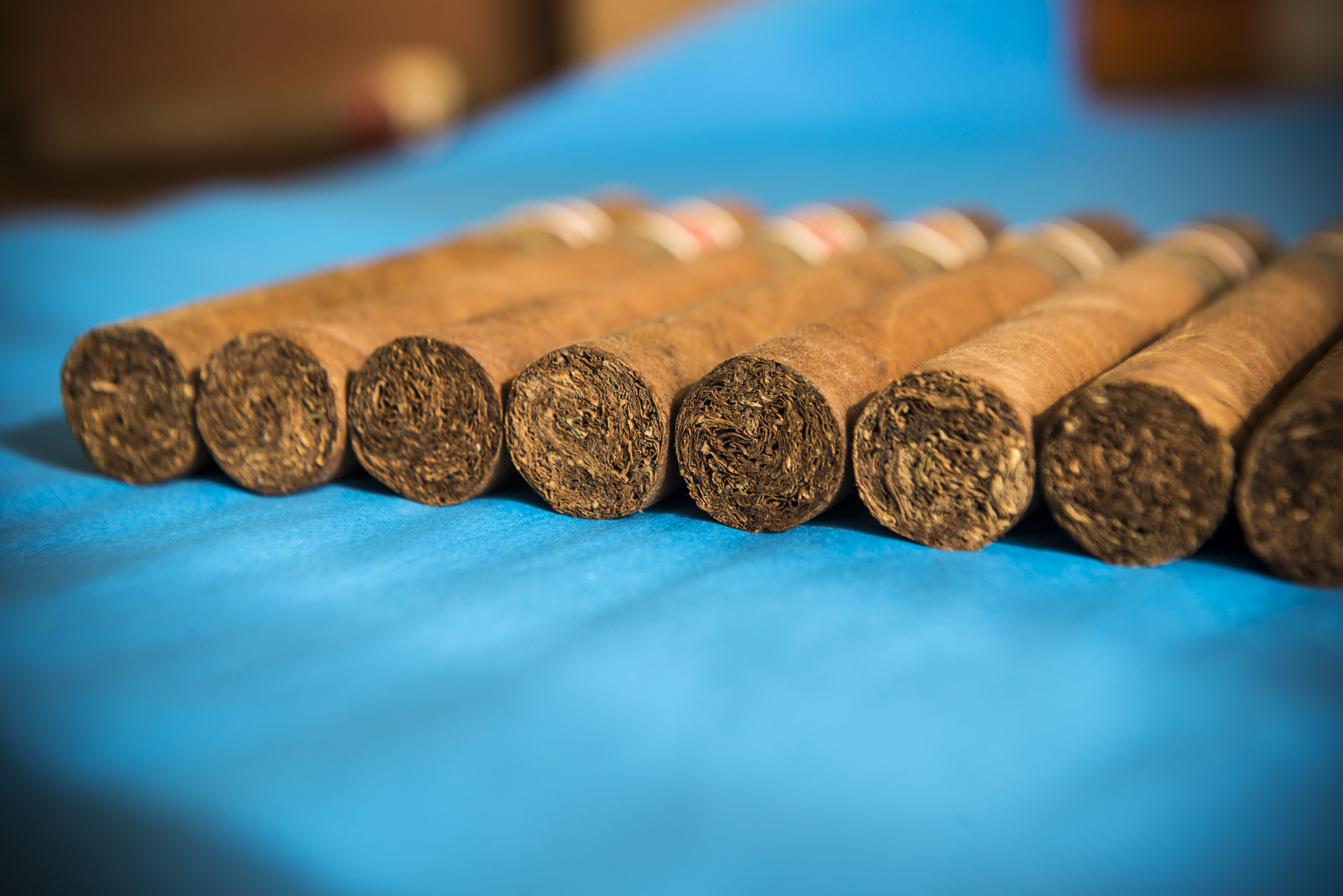Tobacco has played a significant role in various cultures for thousands of years, intertwining with the traditions, art, and history of societies worldwide. We are going to review the historical timeline, cultural significance, and scientific understanding of tobacco from its origins to its global spread and recognition.
The Origins of Tobacco
- An Ancient Legacy: Tobacco’s roots stretch back a remarkable 8,000 years, with its cultivation likely intertwined with the rise of maize agriculture in Central Mexico around 5000 BC. Archaeological discoveries in what is now New Mexico confirm its use within North American societies as far back as 1400-1000 BC.
- Native American Traditions: For Native American tribes, tobacco was more than just a plant; it was a deeply ingrained aspect of life with a high cultural significance. In spiritual ceremonies, it served as an offering to the spirits, and dried leaves could signify invitations or signal a shaman’s acceptance of a client. Tobacco played a vital role in peacemaking traditions, with the shared smoking of a pipe often symbolizing the resolution of conflict and the sealing of agreements. Additionally, many tribes recognized tobacco as a potent medicine, utilizing it for various healing purposes.
For the Maya, it was a sacred plant associated with powerful deities and considered a potent primordial medicine. Its use extended beyond the Maya; archaeological evidence and modern practices like those documented among the Tzeltal-Tzotzil communities demonstrate the enduring spiritual and ritual importance of tobacco. - Archaeological Evidence: The oldest dated tobacco seeds come from the Early Formative Chiripa site in Bolivia’s Lake Titicaca region. Additionally, ongoing research reveals a continuous record of tobacco pipe smoking in western North America from at least 860 AD.
- Domestication: Tobacco proved remarkably adaptable, flourishing in diverse environments. This, combined with its pharmacological properties, contributed to its meteoric rise in popularity throughout the Americas, making it one of the most widely used substances in the region.
- Ethnoarchaeological and ethnographic studies, including work by Kevin Goark and research by Jauregui et al., have explored the traditional uses, processing methods, physiological effects, and magico-protective uses of tobacco among indigenous communities.
Pre-Columbian Distribution
- Americas: Long before the arrival of the Spanish, tobacco had already established a significant presence – not just within the Americas. Evidence suggests it permeated South America and Mesoamerica, reaching Eastern North America by around 300 BC. Additionally, its presence was felt in:
- Oceania: Studies indicate that tobacco may have reached some parts of Australia and Papua New Guinea through early, potentially indirect, trade with Southeast Asia. The exact timing and nature of this spread require further research.
- Africa: Though more limited in scope, the introduction of tobacco to certain regions of Africa likely predates European contact. This introduction could have occurred through the exchange with the Middle East or via limited trade across the Indian Ocean.
Global Spread and Recognition
The late 15th century marked a pivotal moment when Christopher Columbus received tobacco as a gift from Native Americans. This event catalyzed the spread of tobacco across Europe, Africa, and Asia throughout the 16th century.
Classification and Hybridization
- Two strains: Bernardino de Sahagun, a Mexican missionary in 1530, distinguished between two strains of smoking tobacco, paving the way for the cultivation of the preferred strain by Europeans in the Dominican Republic and Cuba.
- Nicotiana tabacum: This species, destined to achieve economic dominance and be used in cigars, was named for the French ambassador Jean Nicot de Villemain. Nicot, in the 16th century, was an enthusiastic advocate for tobacco’s potential benefits.
- Linnaean Taxonomy: The renowned botanist Carl Linnaeus made significant contributions in 1753, classifying four distinct tobacco species within the Solanaceae family.
- Andean Origins: Modern biogeographical studies offer intriguing insights, suggesting Nicotiana tabacum originated in the Andean highlands, likely in Bolivia or northern Argentina. This species is believed to be the result of a hybridization event between two older, ancestral species.
Tobacco’s introduction to Europe brought about an alternation of acclamation and prohibition, reflecting its complex reception as a “new gold discovery.”
The Global Rise of Tobacco in the 19th Century
The 19th century witnessed several significant trends in the history of tobacco, its cultural significance rose as it became increasingly popular and its consumption spread across the world. Here are the main trends that shaped the history of tobacco during that time, mainly in the United States:
- Global Spread: Tobacco cultivation and consumption expanded rapidly, reaching various parts of the world through trade and colonization. This led to a global increase in tobacco usage and production.
- Mass Production and Social Acceptance: Technological advancements, particularly the introduction of steam-powered machinery, allowed for large-scale commercial production of tobacco products, making them more accessible and affordable. Smoking became increasingly socially acceptable and integrated into various social settings raising the social significance of tobacco. Smoking rooms and designated areas in public places and social gatherings became common.
- Early Health Concerns: Early awareness of the potential health risks associated with tobacco consumption emerged during the late 19th century. One century later, increased health concerns led to multiple lawsuits in the United States ultimately resulting in a major settlement agreement among the state and major cigarettes manufacturers.
- Regulation and Taxation: Some early attemps to regulate tobacco, primarily driven by concerns over public health, went hand in hand with initial taxes on tobacco products, generating significant revenue for governments.
- Tobacco in Literature and Art: Tobacco use found its way into literature, art, and popular culture. It became a symbol of leisure, sophistication, and rebellion, which further contributed to its popularity.
- Anti-Tobacco Movements: As awareness of tobacco-related health issues increased, various anti-tobacco movements emerged, advocating for tobacco control and promoting abstinence from tobacco use. You can read more about the fight to preserve the right to smoke cigars here.







